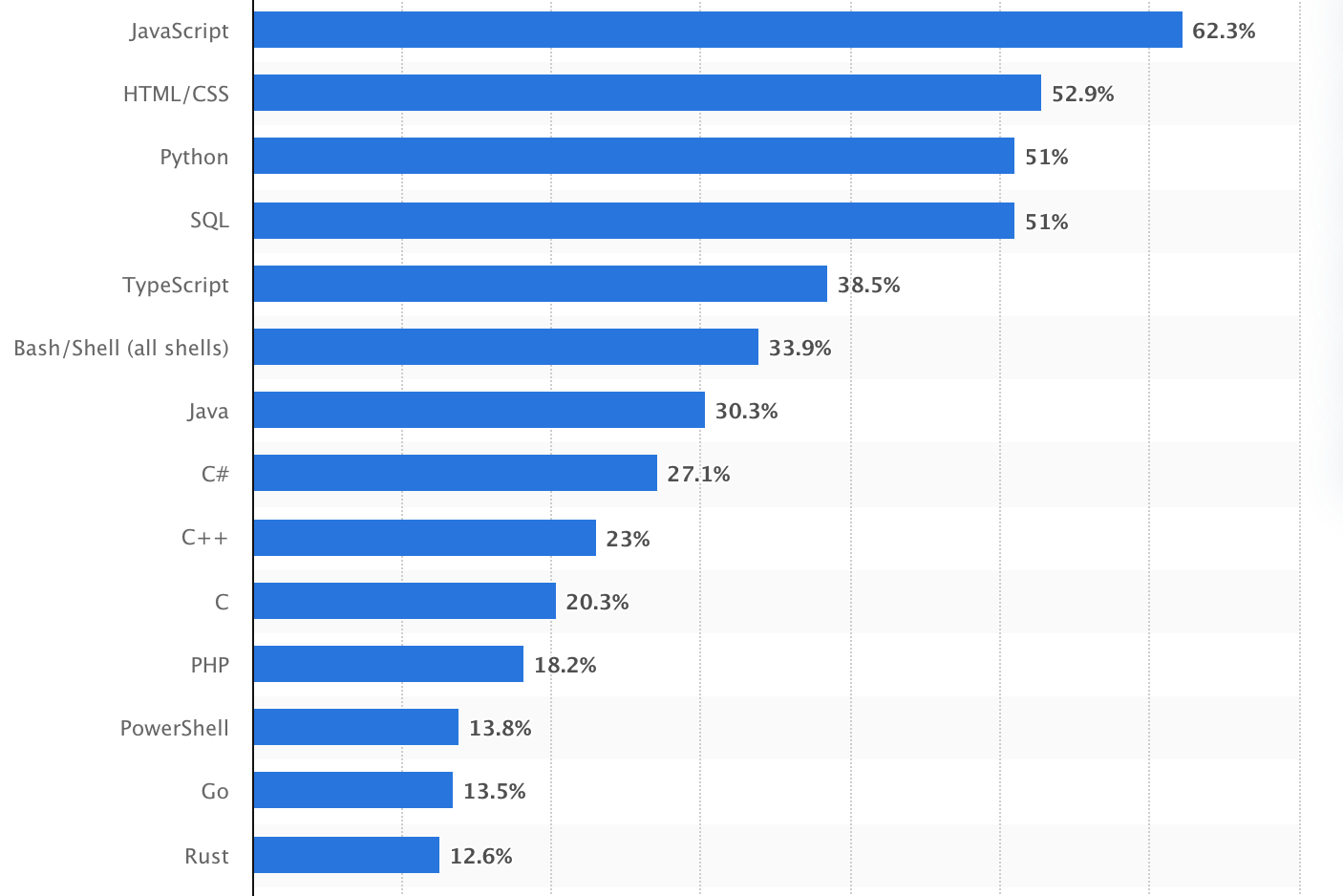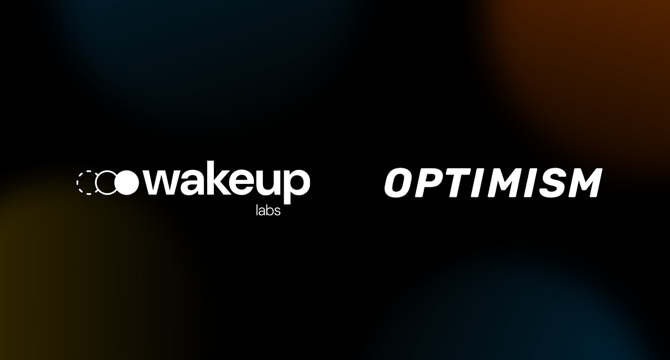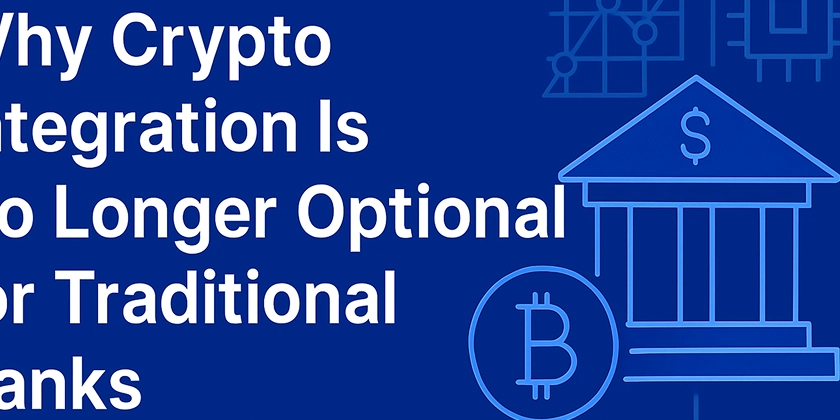Software News
Livescience
222

Image Credit: Livescience
Golden Dome: Everything to know about Trump's $25 billion missile defense plan
- President Trump announced a $25 billion missile defense system, named Golden Dome, to protect the U.S. from various missile threats.
- The initiative aims to provide close to 100% protection within the next three years, costing a projected $175 billion.
- Multiple countries developing advanced missiles pose a challenge to current U.S. missile defense systems.
- Golden Dome would require a global array of sensors and interceptors to detect and track missile threats.
- Intercepting hypersonic missiles involves detecting, tracking, and destroying the threats using advanced sensor and defense systems.
- Achieving near 100% protection is unlikely, with deterrence being a more crucial goal against expensive missile threats.
- The three-year timeframe for Golden Dome's deployment is ambitious due to the complexity of integrating new defense technologies.
- President Trump's funding request for Golden Dome represents 2.5% of the total defense budget, making it financially achievable.
- Golden Dome, compared to Iron Dome, will cover a wider region and employ directed energy weapons for missile defense, like high-energy lasers.
- The plan for Golden Dome will involve a layered defense approach against ballistic, cruise, and hypersonic missiles, with potential future advancements in technology.
Read Full Article
13 Likes
Scand
99

Image Credit: Scand
Top Rust Development Companies You Should Know
- Rust, ranked as the 14th most-used programming language globally in 2024, has gained popularity due to its ability to address common coding issues like crashes, memory problems, and security vulnerabilities.
- The language is favored by tech giants such as Amazon, Microsoft, and Dropbox, and is highly regarded by developers for its speed and safety, finding applications in diverse sectors such as blockchain, finance, web development, IoT, game development, and AI/ML.
- Rust stands out for its ability to detect flaws before execution, handle concurrency effectively, integrate with other languages seamlessly, and deliver high performance and security.
- When hiring a Rust development company, factors like past projects, communication, post-project support, and team size play crucial roles in ensuring successful project outcomes.
- In 2025, the top Rust development companies include SCAND, SoluLab, Yalantis, Serokell, Sigma Software Group, Peiko, Roonyx, Keenethics, Out Of The Box Systems, and Softstack, each offering expertise in various domains like blockchain, IoT, AI, and more.
- These firms excel in delivering secure, high-performance Rust solutions tailored to specific industry needs while ensuring timely delivery and innovative approaches.
- Rust, compared to languages like C++, Python, and Go, provides a balance of speed, safety, and control, making it a preferred choice for projects requiring high performance and security.
- Rust is particularly well-suited for blockchain development due to its memory safety and speed, and can be used for web and mobile development, especially in creating WebAssembly-based web applications.
- While Rust developers may come at a higher cost due to the language's complexity and demand, the return on investment is often favorable for performance-critical applications.
- Overall, Rust's rise in popularity and its unique features make it a compelling choice for companies looking to develop robust, secure, and high-performance software solutions.
Read Full Article
6 Likes
Medium
204

Image Credit: Medium
Build with WakeUp Labs on Optimism: OP as Venture Studio
- Funded by Optimism Collective and executed by WakeUp Labs to support projects within the Optimism ecosystem.
- WakeUp Labs aims to remove barriers and boost adoption in DeFi, gaming, and infrastructure on Optimism.
- The project consists of five milestones that can overlap, ensuring smooth progression.
- Key performance indicators will evaluate the success of projects supported by the program.
Read Full Article
12 Likes
Dev
272

Image Credit: Dev
Beyond the Listing: How Exchanges Support Tokens Post-Launch
- Listing a token on a centralized exchange (CEX) is just the beginning of a more strategic phase in the cryptocurrency industry.
- Leading exchanges like OKX, Gate.io, MEXC, Bybit, and WhiteBIT provide post-listing support and project enablement from a product and developer's standpoint.
- Exchanges have different listing requirements, onboarding processes, and regional influencer strategies, with varying approaches to support tokens post-launch.
- Understanding these mechanisms is crucial for token teams to drive adoption, maintain engagement, and support healthy trading activity after listing.
Read Full Article
16 Likes
Discover more
- Programming News
- Web Design
- Devops News
- Open Source News
- Databases
- Cloud News
- Product Management News
- Operating Systems News
- Agile Methodology News
- Computer Engineering
- Startup News
- Cryptocurrency News
- Technology News
- Blockchain News
- Data Science News
- AR News
- Apple News
- Cyber Security News
- Leadership News
- Gaming News
- Automobiles News
Dev
136

Image Credit: Dev
What I Learned About Post-Listing Support from Major Exchanges
- Getting listed on an exchange is just the beginning as post-listing support plays a crucial role in a token's lifecycle.
- Major exchanges like Gate.io, OKX, MEXC, Bybit, and WhiteBIT provide different levels of post-listing support.
- Gate.io focuses on visibility and light-touch support, OKX on co-marketing and partnerships, MEXC on narrative building, WhiteBIT on full ecosystem support, and Bybit on structured campaigns.
- Choosing the right exchange for post-listing support, considering regional KOL partnerships, can significantly impact a token's success in the crypto landscape.
Read Full Article
8 Likes
Dev
250

Image Credit: Dev
Why Crypto Integration Is No Longer Optional for Traditional Banks
- The collaboration between traditional banks and crypto exchanges has shifted from theoretical to practical in recent years.
- Integration with crypto platforms has become a strategic move for banks looking to stay competitive in the digital financial landscape.
- Notable partnerships between traditional financial institutions and crypto platforms are emerging globally, showcasing the trend of collaboration.
- Crypto integration for banks includes secure custody, embedded trading, fiat on/off ramps, and tokenization of assets, offering new revenue streams and positioning as technology leaders.
Read Full Article
15 Likes
Sdtimes
222

Image Credit: Sdtimes
How to upskill software engineering teams in the age of AI
- 40% of software engineering managers expect AI to drastically change the skills needed for successful software engineering within three years.
- Adoption of AI tools like AI code assistants is transforming how organizations develop technical talent.
- The skills-experience paradox hinders junior engineers who work with AI tools that may bypass key concepts they need to master.
- Structured learning pathways combining fundamental skills with AI tool integration are crucial for software engineering leaders.
- Formal learning, social learning through communities, and on-the-job learning are key approaches to upskilling software engineering teams.
- Shift focus from productivity metrics to learning outcomes for effective use of AI tools in software engineering.
- Emphasize AI tools as learning aids to accelerate learning and deepen understanding of software engineering principles.
- AI proficiency divide exists between developers who leverage AI tools effectively and those who struggle to integrate them.
- Evolve skills assessment to evaluate both fundamental technical competencies and higher-level thinking skills.
- Continuous learning frameworks connecting technical assessments to personalized development paths are crucial for talent development.
Read Full Article
13 Likes
Medium
81

⚡ “Scripting for DevOps Engineers: Tools, Levels & Roadmap to Success”
- Scripting is crucial for automation in DevOps, enabling tasks automation, cloud infrastructure management, and CI/CD workflow optimization.
- Key scripting languages for DevOps engineers include Shell Scripting (Bash & PowerShell) for basic tasks automation, and languages like Python, Go, Terraform, and Ansible for advanced automation and cloud provisioning.
- DevOps engineers should focus on learning fundamental scripting with Bash and Python, progressing to managing Kubernetes clusters, optimizing CI/CD workflows, and building scalable systems in cloud-native architectures.
- For Azure DevOps, essentials include PowerShell, Bash, YAML, Python, Go, Terraform, Docker, Kubernetes, and Git for automation, pipeline configurations, managing Kubernetes, and version control in CI/CD.
Read Full Article
4 Likes
Medium
168

Data Migration in a Product-Based Environment Using Java & Python in Azure DevOps
- ETL-Based Migration involves Extract, Transform, Load using Apache Kafka, Spark, or custom Java/Python scripts.
- Database Replication & Sync can be achieved for PostgreSQL, MySQL, Azure SQL using Flyway, Liquibase, or Python ORM.
- Data Pipeline Automation can be done through Azure Data Factory or Python-based ETL jobs integrated with Azure DevOps.
- Cloud Storage Transfer includes moving blobs and structured datasets via Azure Storage SDK using Java/Python.
Read Full Article
10 Likes
Medium
376

Image Credit: Medium
Building Offline-First Mobile Apps: When Internet isn’t Guaranteed
- Cogntix focuses on building offline-first mobile apps to ensure seamless user experience regardless of internet connectivity.
- Local data storage with smart syncing is implemented to prevent data loss and allow users to continue tasks without network dependency.
- Caching mechanisms are utilized to improve app performance, reduce load times, and enhance efficiency, particularly in low-connectivity areas.
- Background task systems are in place to handle offline actions, ensuring tasks are remembered, retried, and completed once connectivity is restored for uninterrupted workflows.
Read Full Article
22 Likes
TheNewsCrypto
376

Chainwire Partners with Sonic to Boost Web3 Developer Visibility and Growth
- Chainwire has partnered with Sonic, a layer-1 blockchain for Web3 applications, to provide easier access to Chainwire's newswire infrastructure for developers within the Sonic ecosystem.
- The partnership aims to assist builders in amplifying their stories and reaching targeted audiences to encourage the expansion of Sonic's developer ecosystem.
- Sonic offers developers access to best-in-class PR with guaranteed placements across top crypto and mainstream media outlets through Chainwire's distribution skills.
- The collaboration underscores the common goal of providing resources for technical and public growth, showcasing Chainwire's commitment to supporting ecosystems driving blockchain innovation.
Read Full Article
22 Likes
Tech Radar
268

Image Credit: Tech Radar
watchOS 12 and tvOS 19 tipped to get a visual revamp, to match the 'Solarium' update coming to iOS 19 and macOS 16
- Big changes are coming to watchOS and tvOS, expected to match updates to iOS and macOS.
- The official unveiling of the updates is expected on June 9 at WWDC 2025.
- The new software look, internally called 'Solarium', is inspired by the visionOS software on the Apple Vision Pro.
- The updated interfaces are rumored to be slicker, more modern, and widely felt across Apple devices.
Read Full Article
16 Likes
Embedded
177

Implementation of Artificial Intelligence on Arduino
- Artificial Intelligence (AI) is making strides in various industries, and its integration with affordable hardware like Arduino boards is opening up new possibilities for smart device development.
- Technologies like Tiny Machine Learning (TinyML) enable AI models to run on microcontrollers with limited resources, allowing for applications like voice and gesture recognition.
- Platforms such as Arduino, supported by TensorFlow Lite and Teachable Machine, simplify the implementation of AI for hobbyists and professionals by providing accessible tools.
- Practical AI applications on Arduino include speech and gesture recognition, as seen in boards like Arduino Nano 33 BLE Sense and Arduino Nicla Voice.
- Neural networks on Arduino, leveraging tools like TensorFlow Lite, enable tasks such as obstacle avoidance and speech recognition with optimized models for resource-constrained devices.
- The utilization of TensorFlow Lite for Microcontrollers facilitates real-time inference on Arduino, enhancing system responsiveness and efficiency.
- Training neural networks on Arduino requires collecting sensor data, model training on a more powerful computer, optimization for Arduino deployment, and performance testing for accuracy.
- Artificial Intelligence on Arduino enhances projects with analog inputs, allowing for flexible responses and adaptability, especially in robotics and automation.
- The AI integration on Arduino opens up new horizons for interactive and autonomous projects, enabling developers to explore innovative applications with limited resources.
Read Full Article
10 Likes
Dev
73

Image Credit: Dev
My Generative Coding Workflow: How an Old School Coder is Adapting to AI (Let's Talk!)
- Old school coders are adapting to the AI wave by embracing generative coding workflows.
- The workflow includes AI brainstorming with tools like Gemini, human-led user flows, and iterative prompting with Claude and GPT.
- Efficiency is a key focus, aiming for fewer re-prompts, tighter loops, and more time for big-picture design.
- The developer is open to sharing insights and learning from others' AI-assisted workflows, tools, and strategies in this new era of coding.
Read Full Article
4 Likes
Educba
168

Image Credit: Educba
REST vs GraphQL
- REST (Representational State Transfer) and GraphQL are two prominent approaches to designing APIs, with GraphQL gaining momentum as a more flexible alternative.
- REST interacts with resources using standard HTTP methods, while GraphQL allows clients to request specific data from a single endpoint.
- Key characteristics of REST include statelessness, resource-based communication through URIs, fixed endpoints, and HTTP method usage.
- GraphQL uses a single endpoint, client-defined queries, strong typing, and efficient data fetching.
- Key differences between REST and GraphQL include data fetching methods, over/under-fetching prevention, versioning approaches, caching mechanisms, tooling ecosystems, learning curves, real-time support, and security practices.
- REST is ideal for public APIs, caching needs, simplicity, stable data structures, and integration with legacy systems, while GraphQL is suited for avoiding data inefficiencies, evolving frontends, minimizing API calls, real-time data, and complex UI requirements.
- Real-world examples include Twitter and GitHub (REST) and GitHub, Shopify, Pinterest, and PayPal (GraphQL) for their respective API implementations.
- Choosing between REST and GraphQL depends on project needs, with REST offering simplicity and mature tooling, while GraphQL provides fine-grained control and efficiency for complex data needs.
- Ultimately, the decision between REST and GraphQL depends on architecture, performance goals, and team expertise, with some teams utilizing both approaches.
- Evaluate your API strategy to determine the best fit between REST and GraphQL for your project.
Read Full Article
10 Likes
For uninterrupted reading, download the app